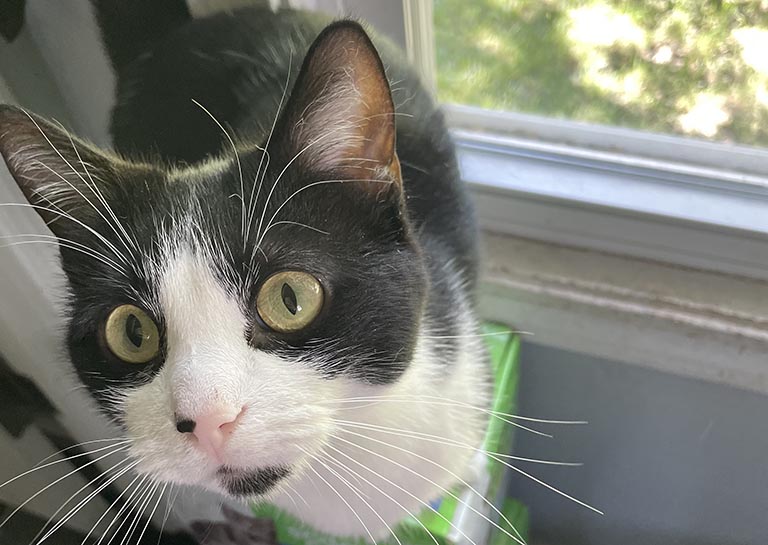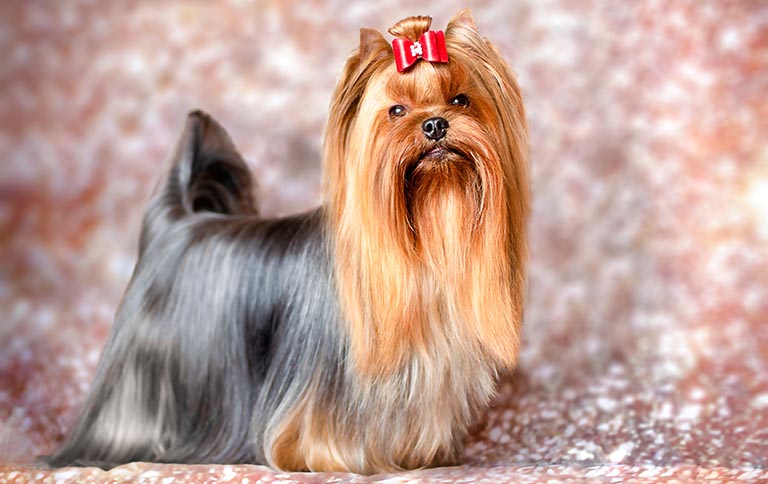Giving your dog medication can often be a challenge, but with the right techniques, it can become a manageable part of their routine. Understanding your dog’s behavior and preferences is key to finding effective methods for administering pills. Whether you choose to hide medication in food, use specialized treats or explore alternative formulations, there are various strategies to help make this process smoother for both you and your pet.
Understanding Your Dog’s Behavior
Dogs have a keen sense of smell and taste, which makes them quick to detect any changes in their food. This can complicate giving them pills, as they may refuse to eat if they sense something unfamiliar. Some dogs can also become suspicious if they notice changes in routine or if you seem anxious. Staying calm and patient is essential; your dog will pick up on your energy. Approach the situation confidently to help reduce their stress. Rushing or expressing frustration will only make it harder to administer the medication successfully.

Steps to Give Your Dog a Pill Directly:
- Prepare the Area: Place your dog in a comfortable and safe spot.
- Get the Pill Ready: Have the pill accessible. You can lightly coat it with a bit of canned dog food gravy (avoid greasy options).
- Hold the Pill: Using your dominant hand, grip the pill between your thumb and index finger.
- Grasp the Muzzle: With your other hand, gently hold your dog’s muzzle, placing your thumb behind the canine teeth on one side and your fingers on the other.
- Tilt the Head: Tilt your dog’s head back slightly to encourage the jaw to drop.
- Open the Mouth: Use your other fingers to gently open your dog’s mouth wider.
- Administer the Pill: Quickly place the pill as far back on the tongue as possible, beyond the hump.
- Close the Mouth: Close your dog’s mouth and return their head to a normal position.
- Stimulate Swallowing: Gently rub their throat or blow lightly on their nose to encourage swallowing.
If this manual method of giving dog pills doesn’t work for your dog, there are several alternative strategies you can try to ensure they take their medication effectively.

Alternative Methods for Giving Pills to Your Dog
Hiding Pills in Food
Hiding pills in food is one of the easiest and most effective ways to get your dog to take their medication. Certain foods, such as peanut butter, cheese, deli meat, small meatballs or cooked sweet potato, work particularly well because they can mask the taste and texture of the pill. Warming the food slightly can enhance its aroma, making it even more enticing.
To effectively hide the pill, use a small portion of food that your dog can quickly swallow without chewing too much. You might also consider offering a “decoy” sample of food first to lower their suspicion before presenting the food with the hidden pill. Always be sure to choose foods that are safe for your dog and won’t interfere with the medication.
Timing is also important; administering the medication just before mealtime can increase the likelihood of success, as a hungry dog is usually more eager to eat.

Using Pill Pockets
Pill pockets are a popular and convenient option for giving dogs medication, as they are designed specifically to hide pills while appealing to a dog’s sense of taste and smell. These commercial treats come in various flavors, making them attractive to most dogs and easier to swallow. The key advantage of using pill pockets is their ability to mask the pill, minimizing the risk of your dog detecting and rejecting it. To use them effectively, ensure the pill is fully enclosed and press the pocket tightly around the medication.
Bait and Switch
The “bait and switch” method can be an effective strategy for administering pills. Pill pockets are particularly useful because most dogs view them as a treat. Start by tossing a few empty pill pockets to your dog in quick succession, creating a playful and positive association. After a few tosses, discreetly include the pill inside one of the pockets, followed by another empty one to keep the momentum going. The goal is to keep your dog engaged and focused on catching the treats, making them less likely to notice the hidden pill. However, some dogs may eventually catch on to this trick, so it’s important to monitor their reactions and adapt as needed.

Ask Your Vet About Different Pill Options
Requesting an alternative formulation for your dog’s medication can make a big difference, especially for those hard-to-medicate pets. While not all medications can be modified, it’s worth talking to your veterinarian about your options. Some pills can be compounded into different forms, like creams for topical application. Ask if the medication can be crushed or is available as a powder. Always consult your vet before making any changes, as not all medications are suitable for these modifications.
Always Reward your Dog
No matter which method you use to give your dog their medication, always follow up with a reward. Offering a treat, giving plenty of praise, and even adding extra playtime can help take the stress out of the process. By reinforcing the experience with something your dog enjoys, you’re helping them create a positive association with taking their medication. Over time, this can reduce resistance and make the task easier for both you and your pet.

Ensure Your Dog Swallows the Pill
It’s crucial to confirm that your dog actually swallowed the pill. Many dogs have a tendency to spit it out later, often hiding it in their bed, under the couch, or in a corner. To avoid this, don’t let your dog walk away until you’re sure they’ve swallowed the pill. This extra step ensures that your efforts are not in vain and that your dog receives the full dosage of their medication. Taking a moment to monitor them can save you from having to repeat the process later.
Consistent Routine or Mix it Up?
Establishing a consistent routine can help reduce anxiety during medication time for many dogs. Administering the pill at the same time each day, using the same method, and following up with a treat can streamline the process. However, some dogs may learn to avoid swallowing the medication while enjoying the pill pocket or food.
To combat this, mix up your approach. Avoid using the same method too often, as dogs can quickly catch on. For example, alternate between the bait and switch technique one day and hiding the pill in a meatball the next. Additionally, change the location where you give the medication. If your dog expects a pill every time you enter the kitchen, they will learn to anticipate it. Instead, try tossing a meatball in the backyard or offering a pill pocket treat during a walk. This variety will keep your dog engaged and more likely to take their medication.
Finding the Best Method
Ultimately, finding the best way to give your dog their medication requires patience and flexibility. By combining different techniques, establishing a routine and rewarding your dog for their cooperation, you can create a more positive experience around medication time. Remember to monitor your dog to ensure they’ve swallowed the pill, and don’t hesitate to consult your veterinarian for additional options if needed. With a little creativity and care, you can help your furry friend take the medication that they need to be healthy.




































